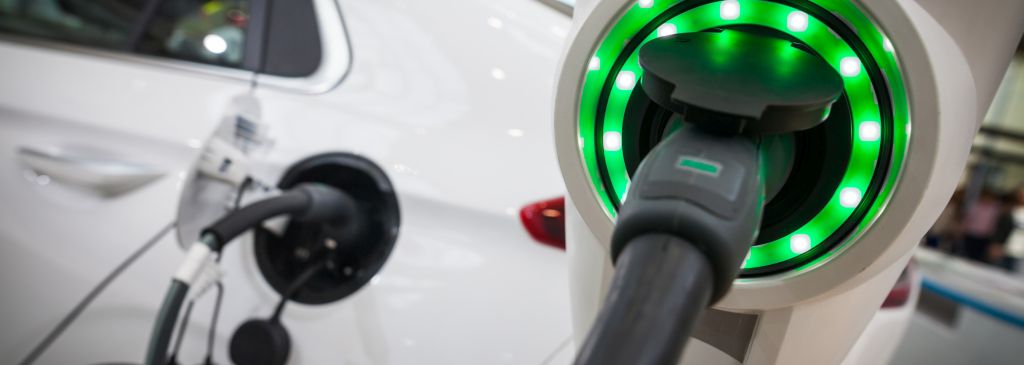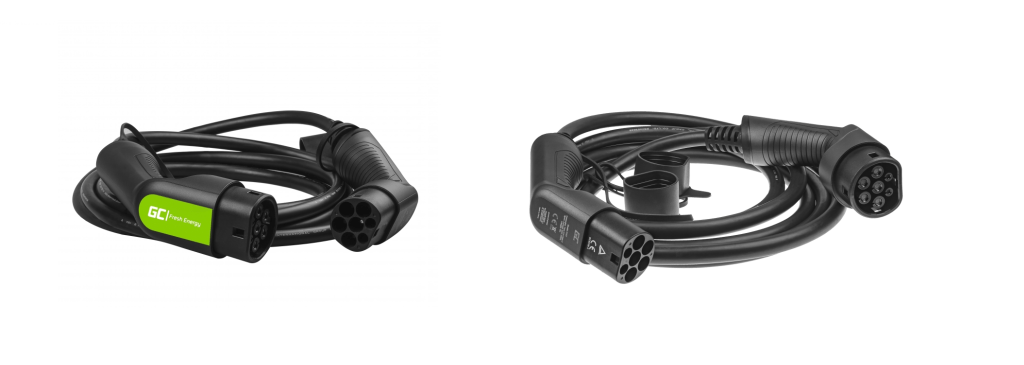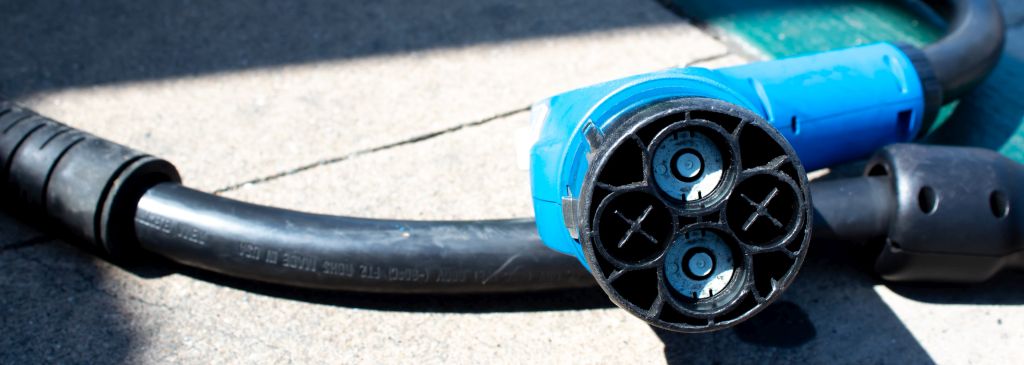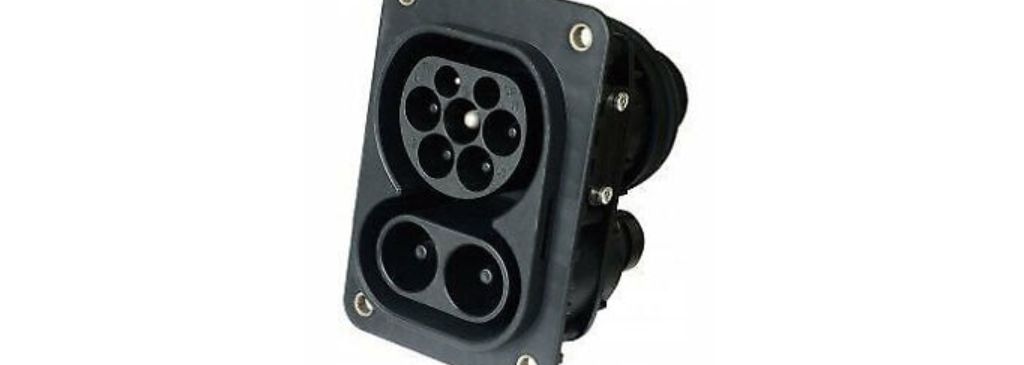Electric and hybrid plug in cars are becoming increasingly popular. With every year, more and more electric cars are registered in Poland. Contrary to internal combustion vehicles, EVs do not pollute the air, are cheaper to use and have fewer mechanical components, which means the risk of breakdown is largely reduced. If you opt for this type of car, the need to charge the car battery will become an inherent element of your everyday experience. On this occasion it’s good to mention the various types of plugs and connectors available in EVs and at charging stations. See the differences between them, learn to recognise them and check out where you can most often encounter specific plug types.
In this article you will find out:
- what type of current is used for charging electric and hybrid plug-in cars,
- what CHAdeMO is,
- what the difference is between Type 1 and Type 2 plugs and how to recognise their extended versions: ccs combo 1 and ccs combo 2,
- what Type 3 and Tesla USA plugs are.

AC and DC
AC is easier to generate and transmit than DC. They differ in amperage: in the former case, it is variable, while in the latter type it’s constant.
Initially, AC was used to charge a car battery. This is the standard current type available in each household. This made EV producers include integrated transformers in the vehicles, which transformed AC into DC. This process extended the charging time to a few or even more than a dozen hours. But recharging your battery with AC has certain advantages, too. If you have access to appropriate equipment (e.g. a Wallbox assembled in your garage), charging your electric car with AC at home is cheaper and more convenient. EV users often leave the car plugged in for the night, so that it’s ready to go in the morning.
As far as electric car users are concerned, DC would be the best option to charge a car battery. This is the option of fast charging. Modern plugs and sockets have the function of charging a car battery with DC generated by charging stations and directly supplied to the battery in this form. The advantage of this technology is reducing the charging time.

Plug and socket types in electric cars
CHAdeMO
The CHAdeMO standard is designed for DC up to 62.5 kW. The current intensity is 120 A. This solution became popular with the arrival of Nissan Leaf. The socket was designed in Asia. Nissan Leaf made it popular in Poland. These sockets are available at each charging station.

Type 1
The charging power of the type 1 socket ranges from 1.92 kW to 19.2 kW. The charges in this standard only supply single- or two-phase AC. In a slightly modified version the current intensity is higher, so it’s the charging power of up to 90 kW is also possible. Type 1 socket can be found e.g. in Chevrolet Volt. If you use a cable with this connector, you can also charge car models sold in the USA.

CCS Combo 1
Next generation of Type 1 plug, which comes with 2 additional DC pins. This is why a cable with this connector also has the function of DC charging. This in turn affects the charging speed.

Type 2
Type 2 sockets were designed by Mennekes. They were initially used in Germany, but in 2013 they were officially recognised as standard charging plugs in Europe. At the moment, all electric cars produced in the European Union can be plugged into a charger with a cable and type 2 connector.
With Type 2 plug you can charge your car at the station with AC or DC. For each variant you have separate pins. Type 2 can also be found in Wallboxes, with the power of 22 kW. You can use a cable with Type 2 socket to charge such cars as e.g. VW e golf and Renault Zoe. This connector is most often encountered in devices used for charging electric cars. Even mobile chargers have a cable with this plug. This is the most popular plug, compatible with European EVs.

CCS Combo 2
This is an extension of the Type 2 socket. This version doesn’t have the AC pins, but instead comes with two DC pins. For this standard, the charging station offers the power of up to 350 kW. Each electric car has individual parameters, so the power depends on the specific model. A cable with this plug if most often seen on highways and near some of the main passage routes.

Type 3
You will see these sockets in mini electric vehicles produced until 2010. Cables with these sockets should have a Type 2 adapter.
Tesla USA
These are used only in the USA. Cars purchased in the USA will require a cable with a Type 2 adapter.

Summary
It is important to use a cable with an appropriate ending, because it affects the comfort of and satisfaction with using your electric car. The most popular plug is Type 2. Nearly all new electric cars come with this socket type. You will also find it at most charging stations in Europe. If you’re looking for high-quality accessories for electric cars and would like to choose from among a wide range of sockets, explore our website!
Veronica Jones
Related posts
Most viewed entries
- Electricity in a camper van on holiday – a conundrum easily solve
- Off-grid installation on a plot. Is it worth it?
- Charging your electric car at home without a wallbox
- Inverter – what it is and what it is used for
- Zero VAT on energy storage in the UK possible soon
- Greece sets aside €200 million for photovoltaic subsidies!

